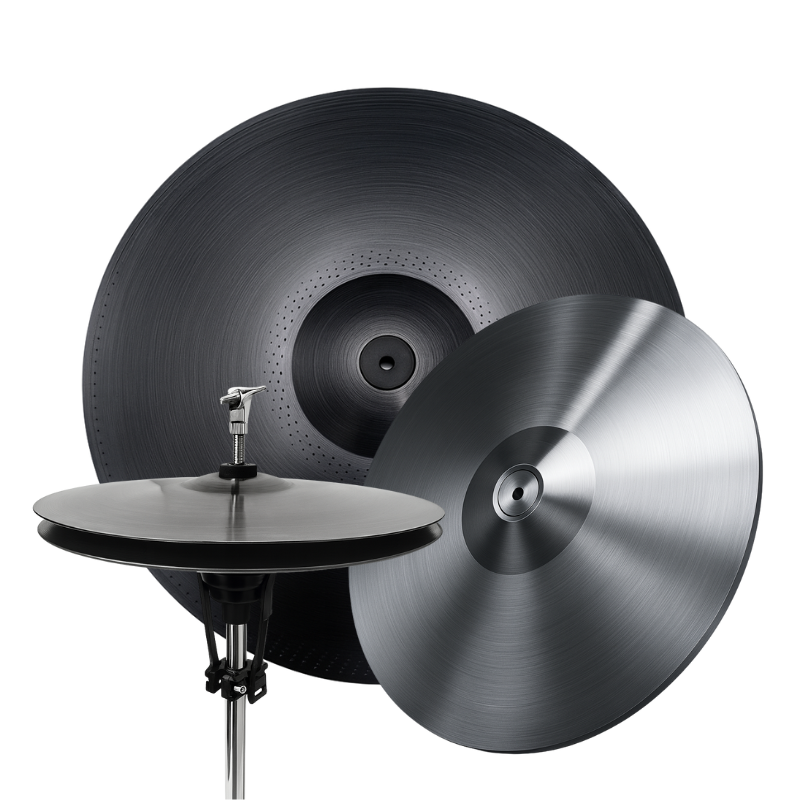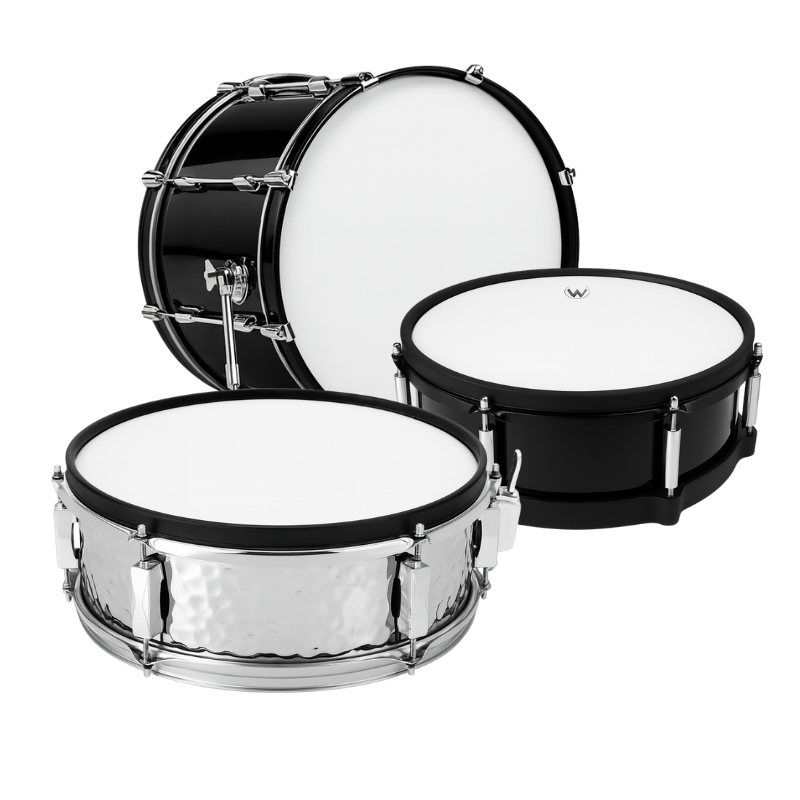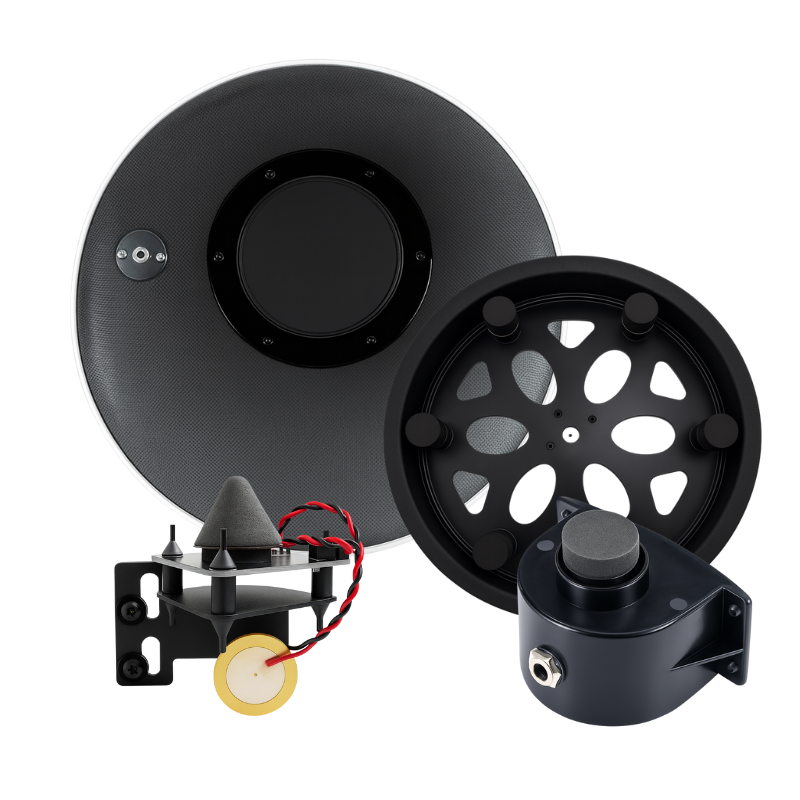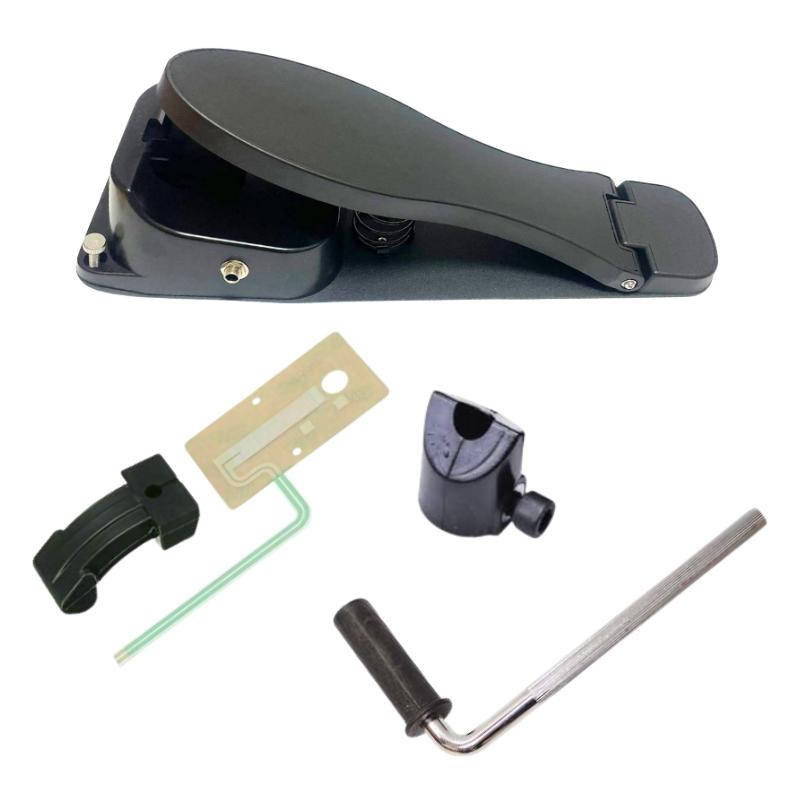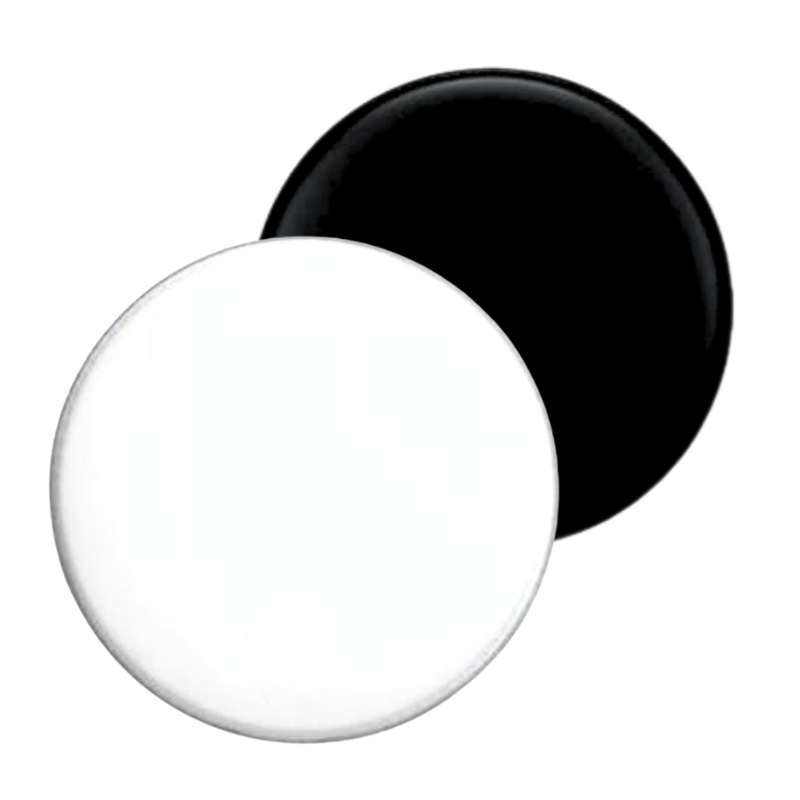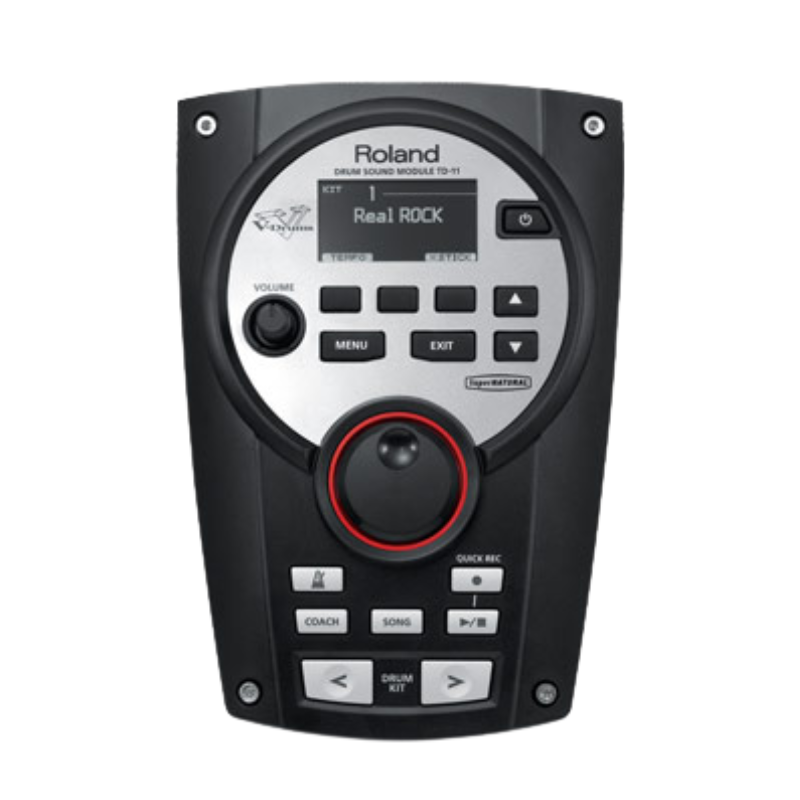
TD‑11 Masterclass – A Detailed Course
Share
Module 1: TD‑11 Front Panel & Core Controls
Key Buttons & Functionality:
KIT: Switch and load drum kits (e.g. “Rock”, “Jazz”, “808”)
INSTRUMENT (ENTER): Edit the instrument assigned to the selected pad
MENU: Access global parameters and pad-trigger settings
CLICK: Toggle metronome on/off; long press changes subdiv or tempo
COACH: Time Check, Quiet Count, Auto Up/Down, Warm‑Ups
Quick Record: Instantly record short practice clips
MASTER VOLUME Knob: Control overall output volume
USB/CARD Slot: Backup kit data or record/transfer MIDI & audio
These controls mirror the TD‑25 but offer a more basic interface optimized for simplicity without sacrificing power.
Module 2: Trigger Settings & Pad Configuration
Access via MENU → Setup → Trigger Settings—then strike a pad to select it. Here’s how you configure each pad:
Pad Type (Trigger Type):
Select the correct model:
Roland pads: PD‑8, PD‑108, PDX‑8, CY‑12C, VH‑11, KD‑8, RT‑30, etc.
If using a third-party pad, match it to the closest Roland model for optimal response.
This selection loads ideal defaults for sensitivity, curve, zones, and crosstalk behavior.
Sensitivity (1–32):
High value = soft hits trigger easily
Low value = requires stronger hits
This adjusts how responsive the pad is to your playing style and power.
Threshold (0–31):
Minimum force to register a hit
Prevents unwanted false triggers (e.g. vibration or ghost noise).
Velocity Curve:
Choose from: Linear, EXP, LOG, or LOUD.
These adjust how volume responds to dynamic changes—vital for natural feel.
Mask Time (0–64 ms):
Suppression time after a hit to prevent bounce-triggering.
Ideal for controlling accidental double hits during fast rolls.
Retrigger Cancel (0–16):
Eliminates unwanted double triggers by ignoring quick reactivation from vibration.
Works in combination with Mask Time.
Crosstalk Cancel:
Stops strikes on one pad from triggering adjacency pads.
Important in tightly packed setups like off‑kit racks.
Rim Gain / Head‑Rim Adjust (Dual‑Zone Pads):
Balances sensitivity between rim and head hits—critical if you perform rimshots or side‑stick techniques regularly.
Positional Sensing:
Available on certain compatible pads (e.g. PD‑8 Position model).
Enables varying tone depending on where the pad is hit.
Module 3: Hi‑Hat Settings & Calibration
For VH‑11 / VH‑10 / CY‑5 hi‑hats, properly calibrate for realistic response:
Mount the hi-hat pad on a standard stand, allowing free motion.
Go to MENU → Setup → Hi-Hat Settings
Select your hi-hat type (e.g. VH‑11).
Loosen the clutch, allow pad to fully close.
Press SET/Calibrate Closed to teach the module the closed position.
Adjust Foot Splash Sensitivity—controls response to fast foot splashes.
Open/Close Resolution—defines how smoothly open/close transitions behave.
If using third-party or vintage hi-hats, select a generic type and adjust threshold, splash sensitivity, and calibration manually.
Module 4: Coach Mode & Metronome Practice
Press CLICK for built-in metronome. Long press switches beat settings.
Press COACH for timed exercises:
Time Check: Compare your timing to the click
Quiet Count: Click disappears; you keep time internally
Auto Up/Down: Tempo range training
Warm-Ups / Change-Up: Drills to build time accuracy and multispeed capacity
These tools help you develop rhythmic control over time.
Module 5: Kit Editing & Instrument Assignment
Use INSTRUMENT to select or change sounds:
Hit the pad
Turn the dial to browse categories:
Acoustic drums, percussion, electronic sounds, FX, etc.
Adjust:
Tuning: Raise/lower pitch
Muffle: Add decay or ambient feel
Volume: Balance between instruments
Save your custom kit automatically; rename it if desired.
Rim/head and cymbal edge/head separation configurable via dual-zone adjustments.
Module 6: MIDI & Audio via USB with DAW Integration
Connect via USB B cable
Before use: install Roland driver for audio streaming
In DAW:
Set audio input to “Roland TD‑11” (stereo)
Set MIDI input to “Roland TD‑11 MIDI In”
Create separate tracks for module sound/audio and MIDI trigger to VST plugins
Recommended buffer: 64–128 samples for minimal latency
Allows simultaneous recording of module audio and MIDI notes from percussion software.
Module 7: System Backup & Preferences
Access via MENU → System:
Save Kit: Store individual kit
Save/Load Utility: Save your module settings (if firmware update-enabled)
System Settings: Adjust language, screen contrast, idle timer
Factory Reset: Restore all defaults
A stable system backup ensures consistency across sessions.
Module 8: Professional Tips & Workflow Best Practices
Confirm pad type for each trigger to ensure correct behavior
Perform hi‑hat offset calibration after major setup shifts or pad movement
Fine-tune sensitivity & threshold while playing actual grooves
Use quick record and coach tools to track and improve over time
Regularly save backup settings before firmware updates or physical transport
This comprehensive course draws on Roland’s official TD‑11 manual and internal parameter documentation. It’s curated to give drummers, educators, and professionals total confidence in using the TD‑11 module with precision, depth, and creativity.


